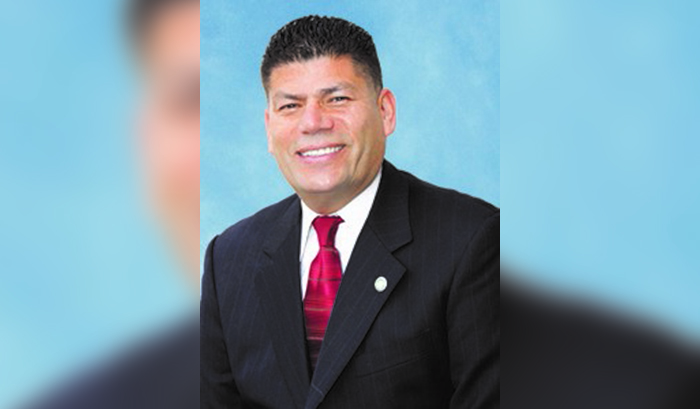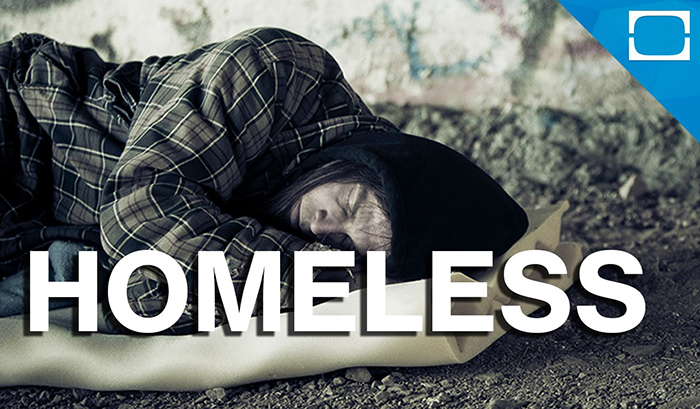[img]1835|exact|||no_popup[/img]
Vice Mayor Meghan Sahli-Wells.
As anticipated last evening, the City Council, led by the ardent advocacy of Vice Mayor Meghan Sahli-Wells, directed staff to draw up a loose-fitting tentative ordinance that ultimately will eliminate smoking in most areas of multi-unit housing in Culver City.
As not anticipated, the community stretched, yawned and turned away when it learned of the proposed restrictions. Widely uninterested.
Disappointed Council members had expected a lusty turnout of activists.
Instead, few seats were occupied. Only six persons spoke, including two paid anti-smoking ideologues, a new father, two condo owners (one pro, one con) and former Chamber of Commerce Chair Goran Eriksson, who opposed the looming ordinance. “Homeowner associations should make the call,” Mr. Eriksson said, “not government.” After noting that he never has “smoked a cigarette or a joint, and I never dated a girl who smoked,” the businessman said the intended ordinance intrudes on smokers’ rights.
One Esther Schiller, who said she is the director of the Smokefree Apartment House Registry (http://www.smokefreeapartments.org/), did not surprise anyone with her stance. Her 12-year-old group has “conducted thousands of surveys with results that are remarkably the same. Eighty-two percent say they prefer to live in a no-smoking building or in the no-smoking section of a building.”
As leader of the smoking ban movement on the dais, Ms. Sahli-Wells spent 15 minutes listing reasons that City Hall should impose its will, heavily because the private sector has had an opportunity to institute regulations but largely has chosen not to act.
From Two Sides Now
No one could identify a single residential building in Culver City where smoking is prohibited.
“This is very personal,” said Ms. Sahli-Wells, frustrated because it has taken three months merely to bring the groundbreaking proposal to the stage of informal, non-binding discussion.
She understands the controversial debate from two perspectives, she said. “Like many, I smoked in high school. And I have spent about half of my life living in apartments.”
The lingering residue of smoke in furniture, furnishings, walls was identified as among the chief culprits in this crackdown.
To those who would say “I should be able to do what I want in my own home,” the vice mayor conceded “yes, as long as you are not poisoning someone else.”
Whose Rights Are Primary?
While looking at a new father in the audience who just had pleaded for a smoking restriction in his family’s building, Ms. Sahli-Wells asked, rhetorically:
“Does the right of a smoker outweigh that of the gentleman and his new son?”
A committed progressive, she said that homeowner associations have had opportunities to establish bans and have failed to act.
“I am confident we can strike a healthy balance,” she said, between walling off areas where second- and third-hand smoke will leak and nearby areas where smokers may puff away.
Seeking to be accommodating, Ms. Sahli-Wells repeatedly stressed the necessity of designating smoking areas in affected properties.
Councilman Andy Weissman represented a segment of midway people when he said:
“I would like to think there is a way to encourage homeowner associations and apartment owners before the city comes down with its heavy hand.”
The main dangling participle – easily the most intriguing part of the puzzle in this far-reaching concept – remains enforcement, and perhaps enforceability.
“Enforcement is an issue,” Mr. Weissman said. “I don’t see the city spending its precious resources on this.






